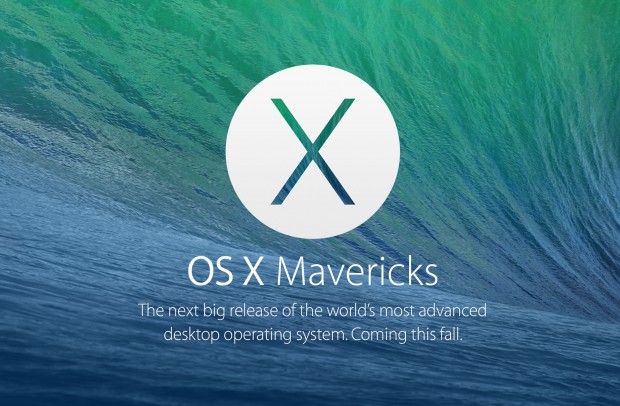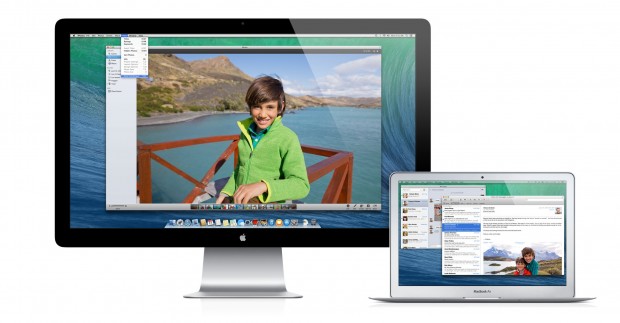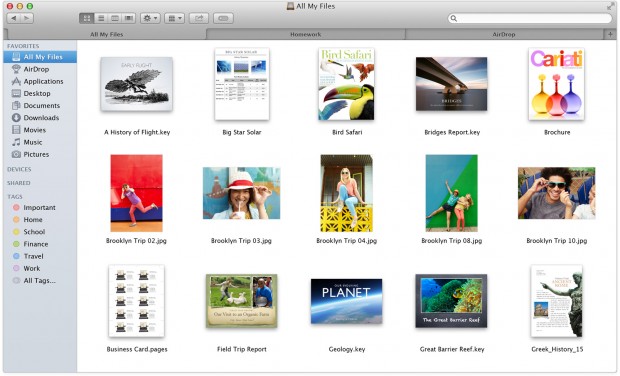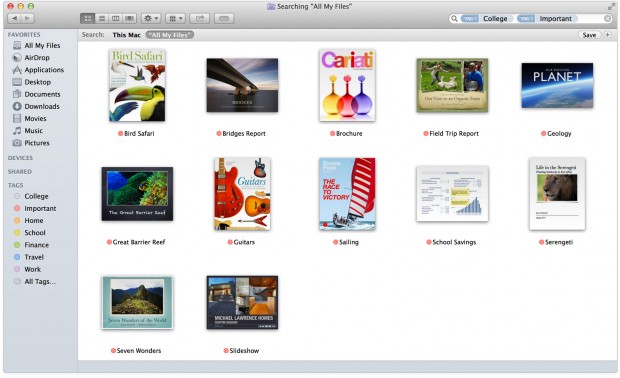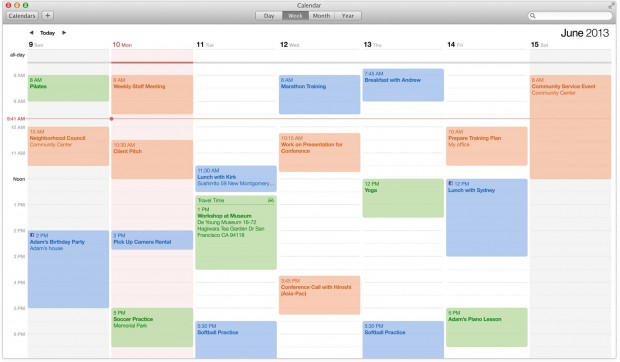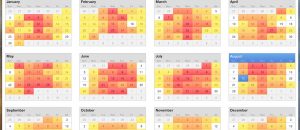As expected, Apple announced the latest version of their desktop operating system at its opening keynote for WWDC 2013. Gone is the traditional naming scheme of cats as OS X 10.9 will be known as OS X Mavericks. The company’s new naming scheme will be inspired by different things in California and Mavericks is a popular surfing destination.
In terms of the OS itself, Mavericks isn’t a significant overhaul design-wise despite there being some changes to the way it looks. The new version is definitely more focused on the under-the-hood improvements and new (and much-needed) functionality.
Perhaps one of the most requested and most needed changes to Apple’s desktop OS was improved multiple display support, and now it’s finally here. In previous version, apps that would be set to fullscreen mode would basically turn any other attached displays into useless screens — a grey faux leather would fill up the screen and that was it. Now, any connected display acts like its own desktop and there’s even the new ability to use an Apple TV as an extended display.
Finder is also getting some improvements in the form of Finder Tabs. They work much like browser tabs, and you can drag and drop between tabs and consolidate multiple finder windows into a single one with tabs. Tabs also make Finder much more useful in its new fullscreen mode.
Apple has also added a tagging functionality to its file system, so you can label items and search for them again later easily. Anyone familiar with labels in Gmail will feel right at home here.
The purging of skeuomorphism throughout Apple is also made apparent in the newly redesigned Calendar app. It’s not trying to look like an actual calendar in real life anymore, and it doesn’t look as hideous anymore because of that.
Mavericks will also bring the addition of iBooks and Maps to the desktop, as well as some improved notifications. Safari has received significant improvements in the form of increased memory efficiency and speed, and iCloud gets a little more useful with the addition of the iCloud Keychain that stores your usernames and passwords with an AES 256-bit encryption.
The new OS will also be more battery-friendly and power efficient thanks to the addition of things like Timer Coalescing and Compressed Memory. These features allow the computer to go into low-power states when needed, and compress memory from inactive apps to free up memory for the tasks that require it.
If your Mac was compatible with Mountain Lion, it’ll run Mavericks. OS X Mavericks will be available as a digital download on the Mac App Store sometime this fall.

 Email article
Email article
